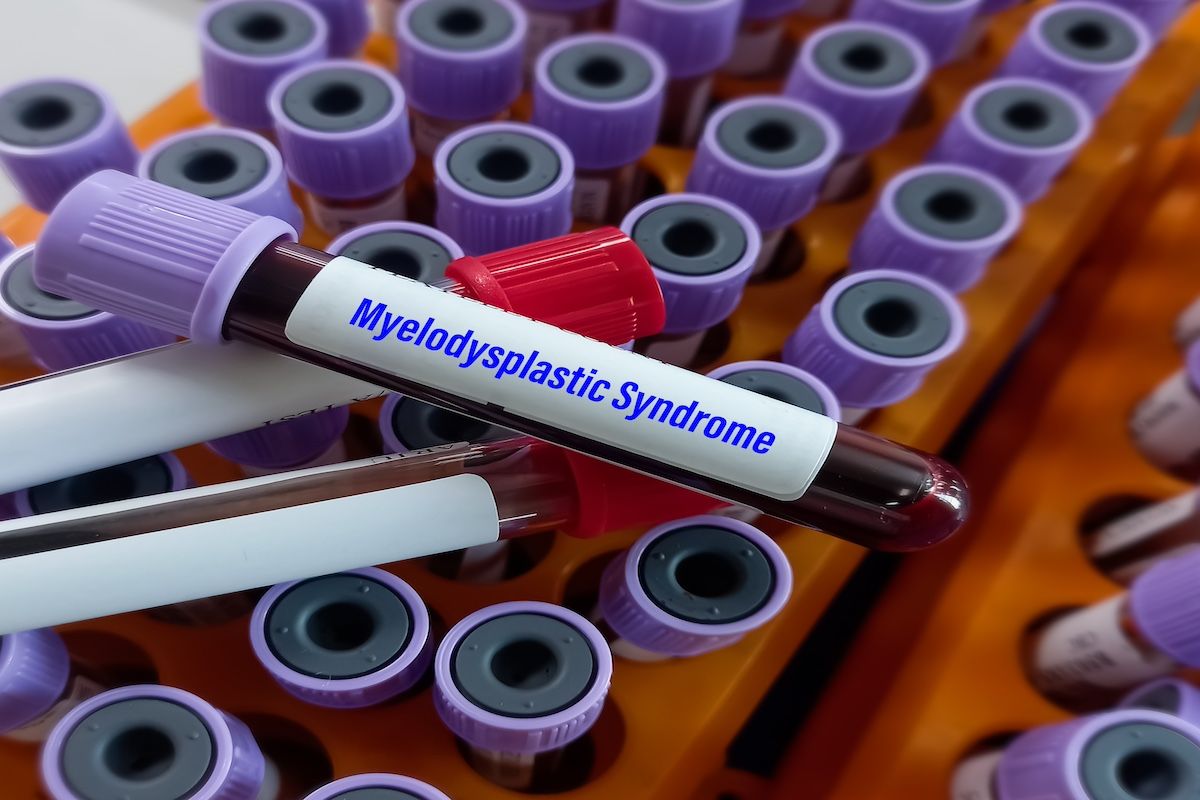Video
Factors in Selecting Therapy for Myelodysplastic Syndromes
Author(s):
A brief review of disease and patient factors that influence the selection of therapy for myelodysplastic syndromes.
Transcript:
Bruce Feinberg, DO: We’ve recently had this movement of precision medicine. You could argue it’s always been precision medicine. We didn’t have targeted therapies, but we were always trying to be more precise. That’s why we went from plain x-rays to CT to MRI to PET [positron emission tomography]. But in the era of precision medicine, we think specifically if there’s a targeted mutation where there’s an interference drug for that target, that we’d go to that drug. Here’s a situation where the cost and toxicity of the drug might still introduce a reasonable delay to that targeted therapy. Ryan, do you see the same thing?
Ryan Haumschild, PharmD, MS, MBA: Yes. We do, because to your point, you think about adverse effects. That’s one of the things we’re looking at even in multiple myeloma, how we can look for MRD [minimal residual disease] negativity. We try to look at patients with Revlimid [lenalidomide] in this space, is it worth the adverse effects? We know it’s a costly drug. There’s a REMS [Risk Evaluation and Mitigation Strategy], which we can manage, but is it worth that for the patient, or do we try an ESA [erythropoiesis-stimulating agent] first?
Bruce, to your point, we do try to fast-track patients when appropriate. When you focus on this deletion, that does give initial reach out to the patient of, “From the payer and the health care side, we can start you on Revlimid. We know how to manage it and we have a lot of real-world data because it’s used in other disease states. How about we at least give it a shot? Because it’s giving you the best, some of the efficacy.” By building some of that inside the EMR [electronic medical record] for some of our treatments, it does give that fast track for those patients, that we may try ESA or try to go directly where the effectiveness is most utilized. And we’re having reception; our providers immediately think of Revlimid in that patient population.
Bruce Feinberg, DO: Tracey, in the information you’re providing, is that targeted therapy? “If you have this mutation, there’s a treatment specific for you to talk to your doctor about.”
Tracey Iraca: Yes, absolutely. Because many times the patient is bringing that information to their doctor, especially in the community. It’s important to explain that there are more targeted therapies, and that’s the importance of knowing your subtype and your mutation, to match you to a therapy that may be better fitted for you. We have multiple support groups. A lot of times, they’ll talk to one another, and one patient will say, “I’m not going to try that drug because I talked to another patient and it didn’t work for her.” In a lot of cases, we have to say, “You’re different. It may work for you.” It’s difficult if someone hears of another person having a bad experience. They don’t want to take that chance. Trying to understand the individualism in treatment is very important.
Transcript edited for clarity.

NGS-Based Test Accurately Detects Post–Allo-HSCT Relapse in AML, MDS




